Discover ancient salt-making traditions in Futami
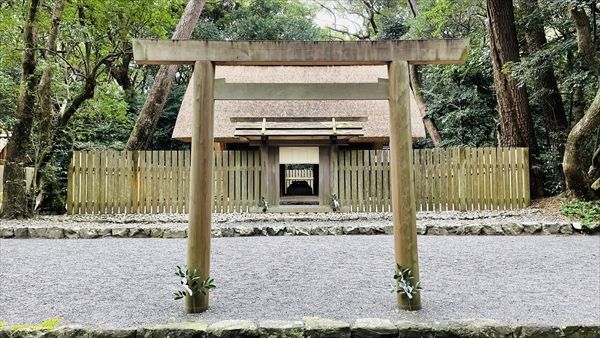
Each year hundreds of thousands of people visit Futami to admire the Meotoiwa (rocks of the married couple), one of the most famous tourist spots in Mie Prefecture. However, the Futami area is also home to a jinja (Shinto shrine) that has been perpetuating the ancient craft of salt-making for centuries. Let me introduce Mishiodono Jinja, its annual festival, and the fascinating tradition of salt-making.
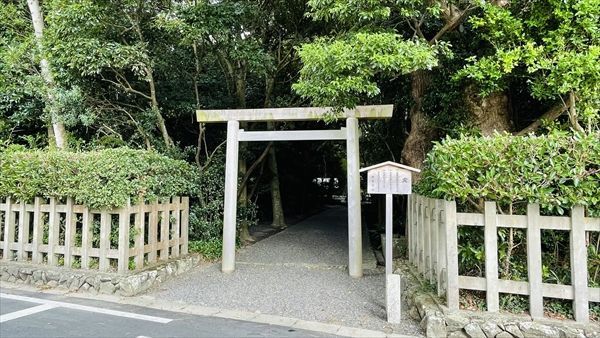
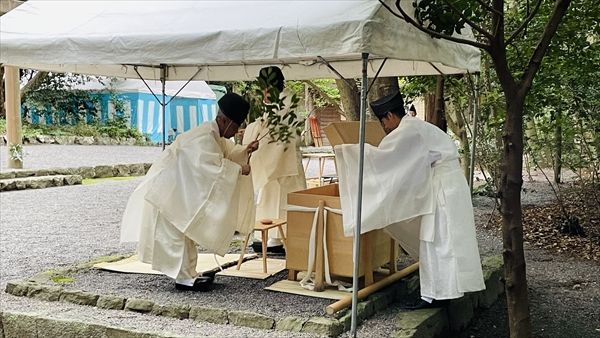
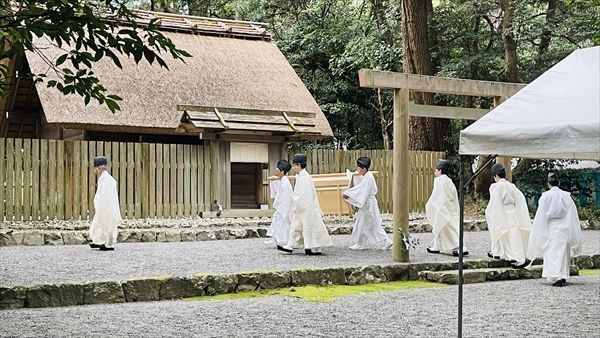
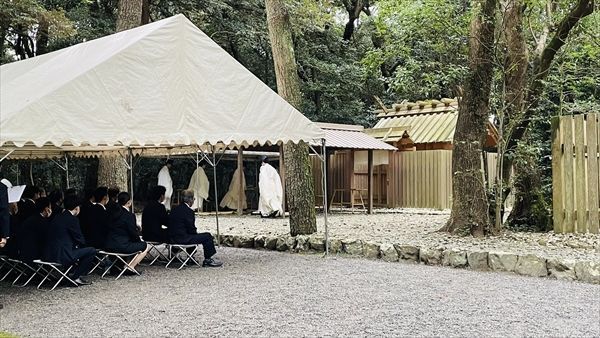
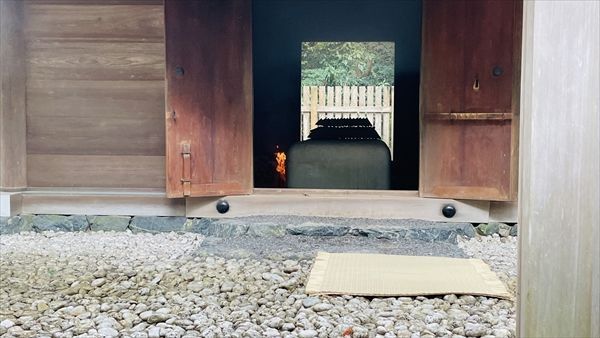
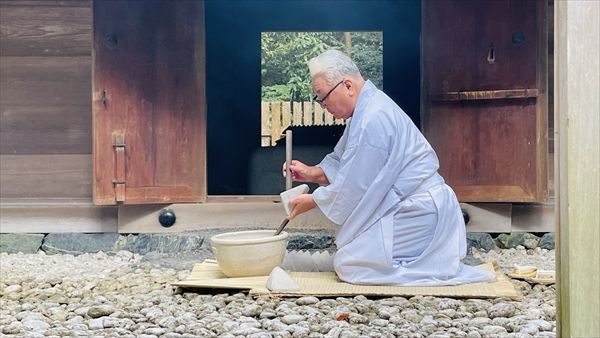
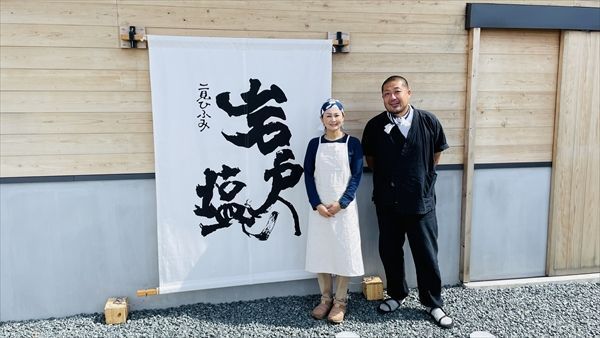
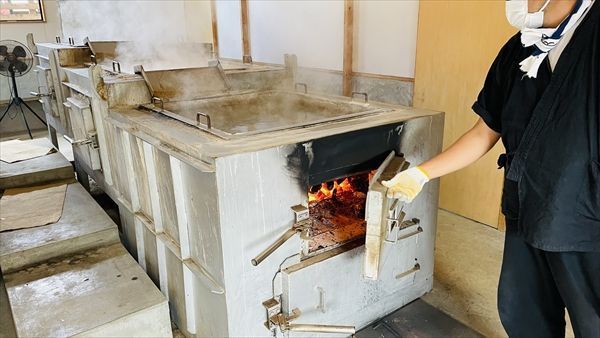
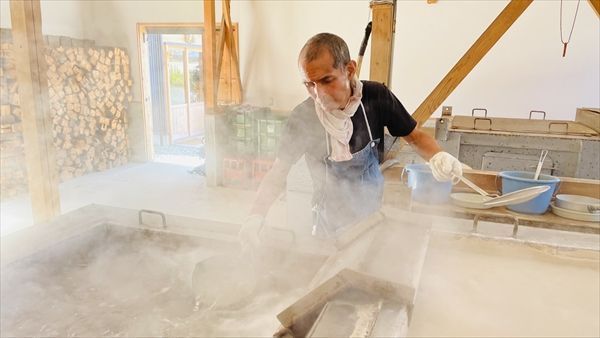
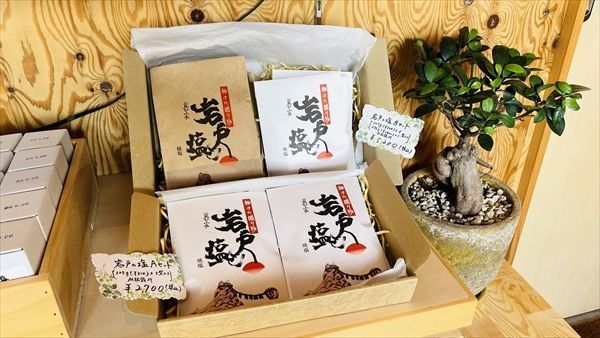
Before leaving the store, Mrs. Momoki gave me a final tip. The best way to use Iwato no Shio Kobo salt? Try it on onigiri rice balls! This way you can enjoy the pure taste of the salt, and it will make an ideal healthy snack. Next time you visit Mie Prefecture, make sure to explore this fascinating culture. It will guarantee you a unique and rewarding journey.
Check here to find out more about Futami↓↓↓